 The Lauderdale County Forestry Association Annual Meeting for 2012 will be held on October 11, 2012 at the MSU-Meridian Kalhmus Auditorium. This event is a great opportunity to get to know LCFA and spend some time getting to visit old friends and introduce yourself to new members. This event is sponsored by various business around Lauderdale County and as such we want to recognize their contribution to LCFA and forestry in general. If you have a few minutes, take the time to visit the websites of our event sponsors and if you get the opportunity to do so thank them for being a part of this year’s LCFA Annual Meeting.
The Lauderdale County Forestry Association Annual Meeting for 2012 will be held on October 11, 2012 at the MSU-Meridian Kalhmus Auditorium. This event is a great opportunity to get to know LCFA and spend some time getting to visit old friends and introduce yourself to new members. This event is sponsored by various business around Lauderdale County and as such we want to recognize their contribution to LCFA and forestry in general. If you have a few minutes, take the time to visit the websites of our event sponsors and if you get the opportunity to do so thank them for being a part of this year’s LCFA Annual Meeting.
 |  |  |
 |  |  |
 |  |  |
 |  |
|
No Logo Available:
|



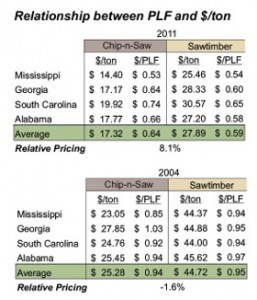

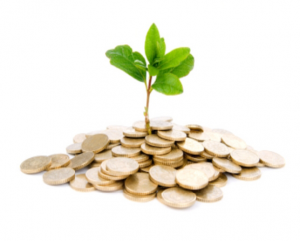
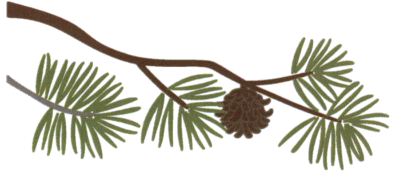
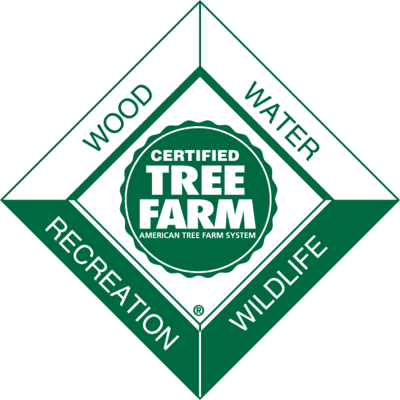
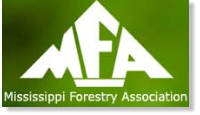

Recent Comments